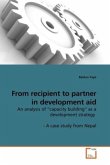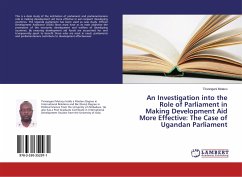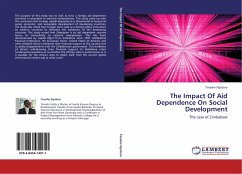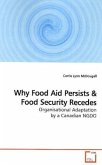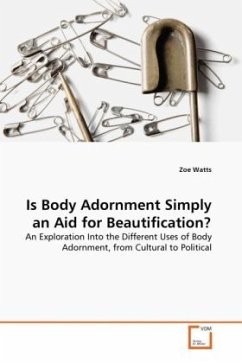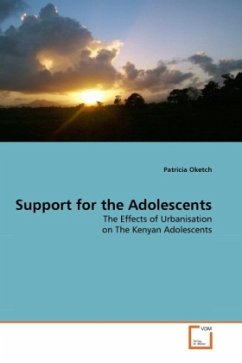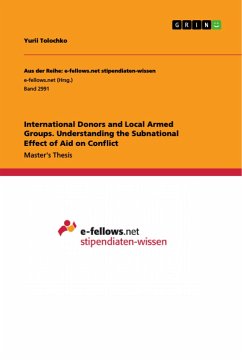Bangladesh is an agricultural country. The total cultivable land is around 8.44 hectares and 62% of manpower is engaged in agriculture. Major agricultural products are rice, jute, wheat, potato, pulses, sugarcane, tea, tobacco etc. Tea, leather and frozen shrimp are also major foreign exchange earners. Agriculture, to a large degree based on subsistence farming, is still the most important sector with a share in the GDP of 23.5%. Agriculture is crucial for attaining overall growth, adjustment and poverty alleviation in the country. The sources of this growth are productivity gains, and more inputs, which are MV seeds, fertilizers, irrigation and training of human resources through extension systems, particularly for food crops. The recent expansion of small and medium scale commercial dairy and poultry farms as well as pond and inland fish culture have added a new dimension to non-crop agricultural sector progress. Attempts made to examine the aids that have been taking place in the organization, and how the aids are integrated in the synergistic manner to yield greater benefit to the farm households and rural community as a whole.


